For those who do not know the Biblical story of Noah allow me to bring you up to speed. Noah was a good man when no other man could be called such. For this reason God chose to save Noah and his family’s lives when God decided to destroy the world with a flood. God planned to destroy the world with a flood and save only Noah and a male and female of each animal species. Noah was instructed by God to build an ark, which is a large structure roughly the size of a modern football stadium. Then Noah, his family and all the animals would ride out the world destroying flood in the Ark.
Now for those who have yet to see the movie allow me to give you fair warning that there will be some spoilers given in this review. I found this movie to be a fantastic visual display that creatively brought the world of Noah to life. The special effects were top notch, and I cannot think of a moment where I thought they were out of place with the style for which the film was attempting.
Having grown up in an evangelical church this film stretched me in ways I did not predict. There were parts that made me uncomfortable and other parts that I greatly enjoyed. However, the core story that God wanted to save the world for the good and give man a place in that world is not lost. I think everyone should take some time to see this film and allow this piece of art to make you uncomfortable. Allow Noah to challenge you and cause you to ask the hard questions. Hopefully, this will be as rewarding of an experience for you as it was for me.

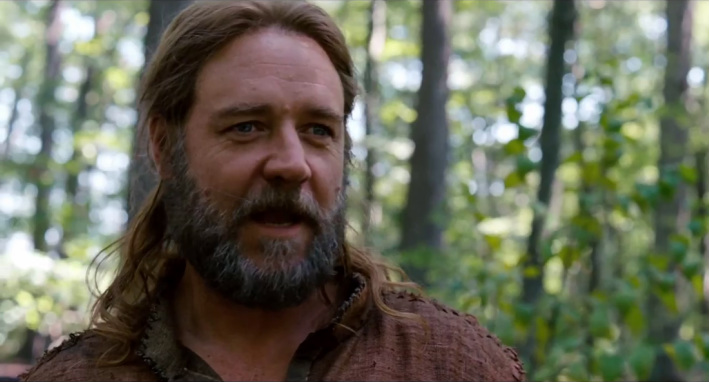
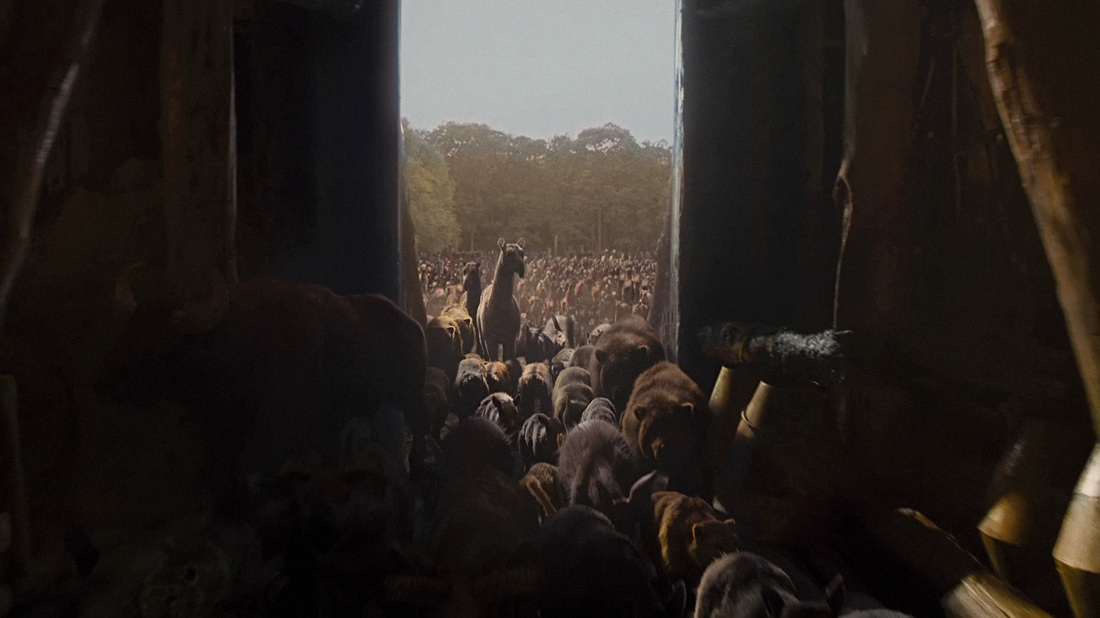

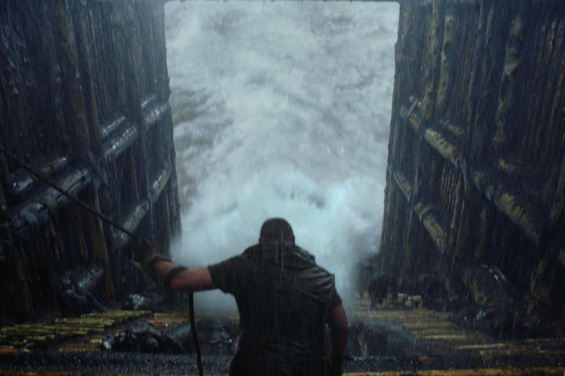
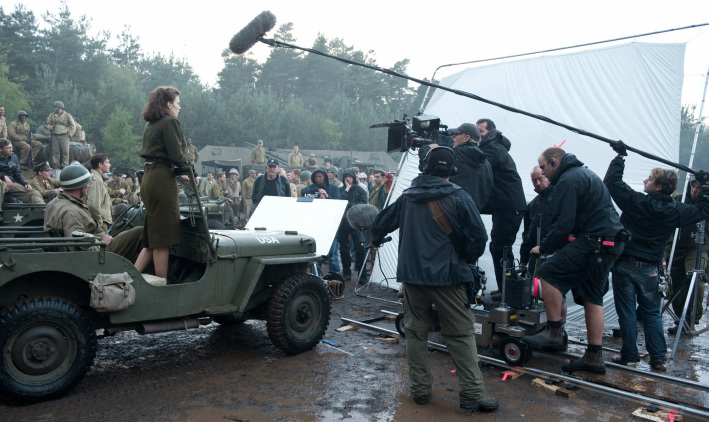
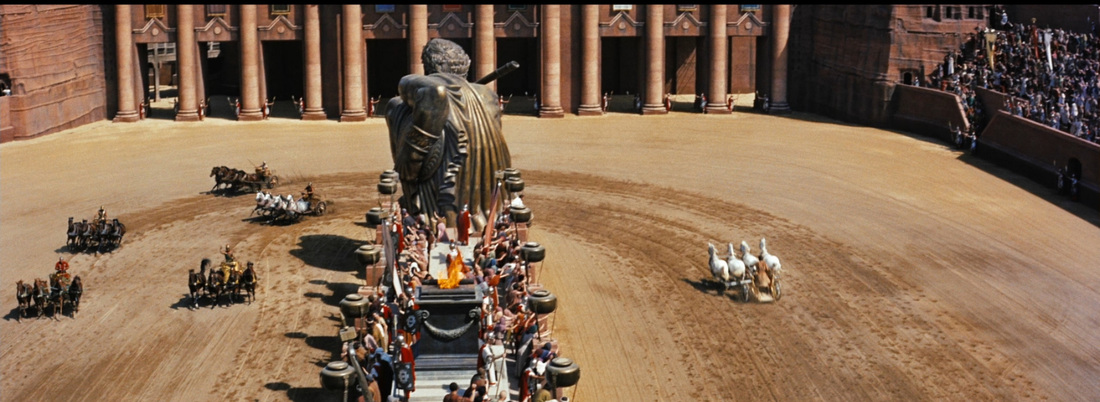
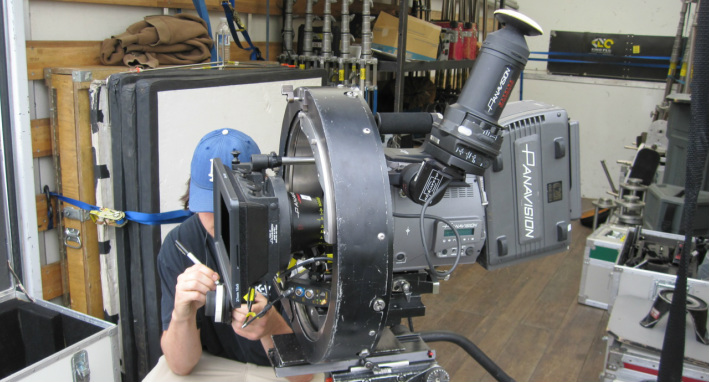
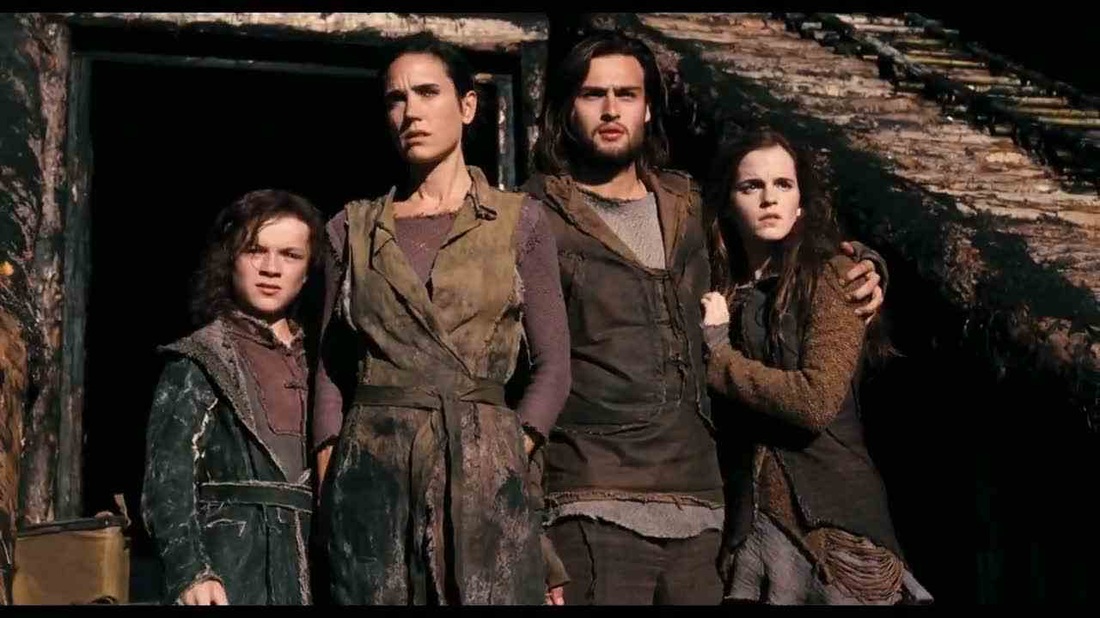


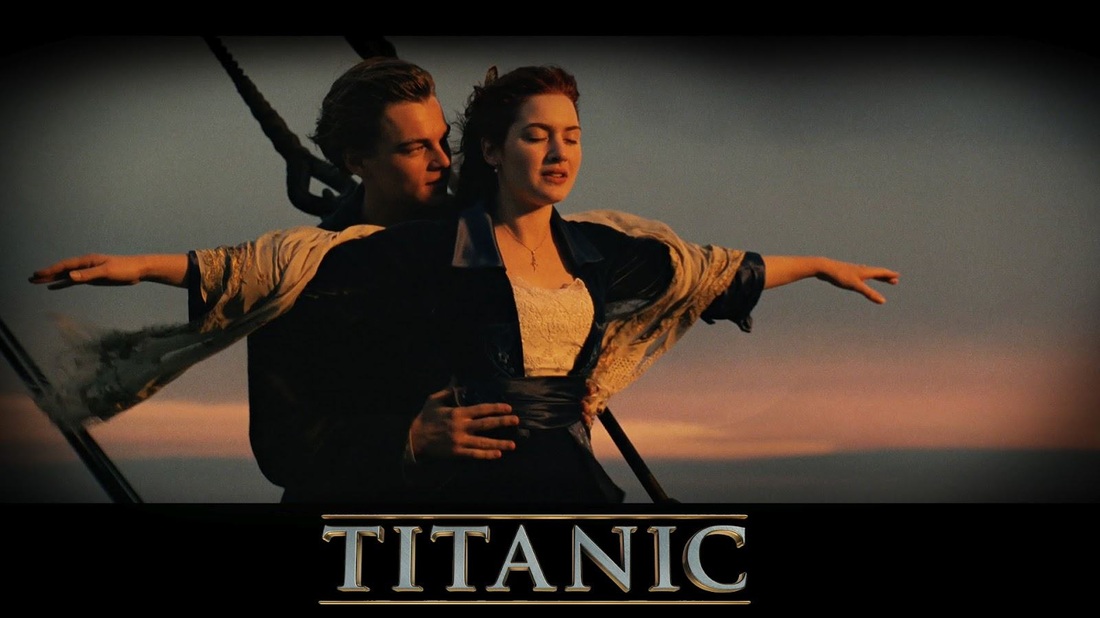
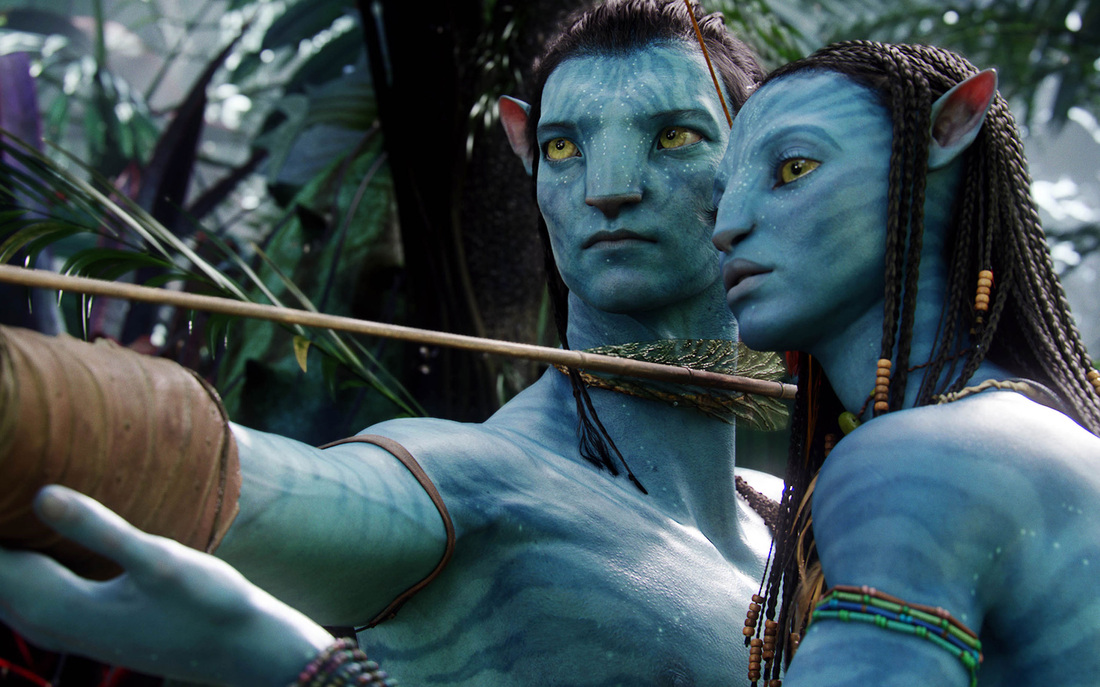
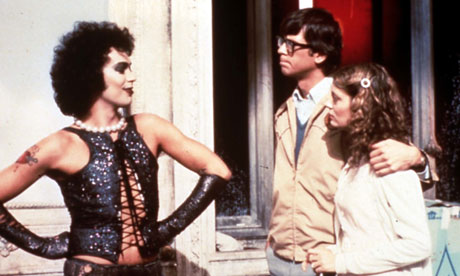
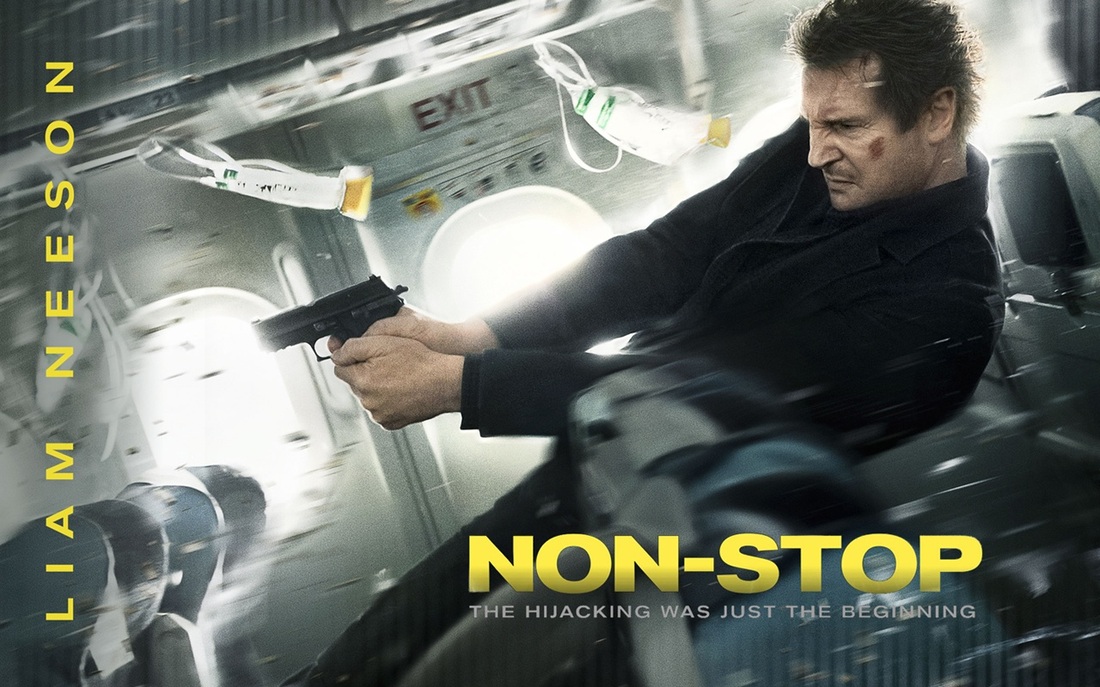




 RSS Feed
RSS Feed
